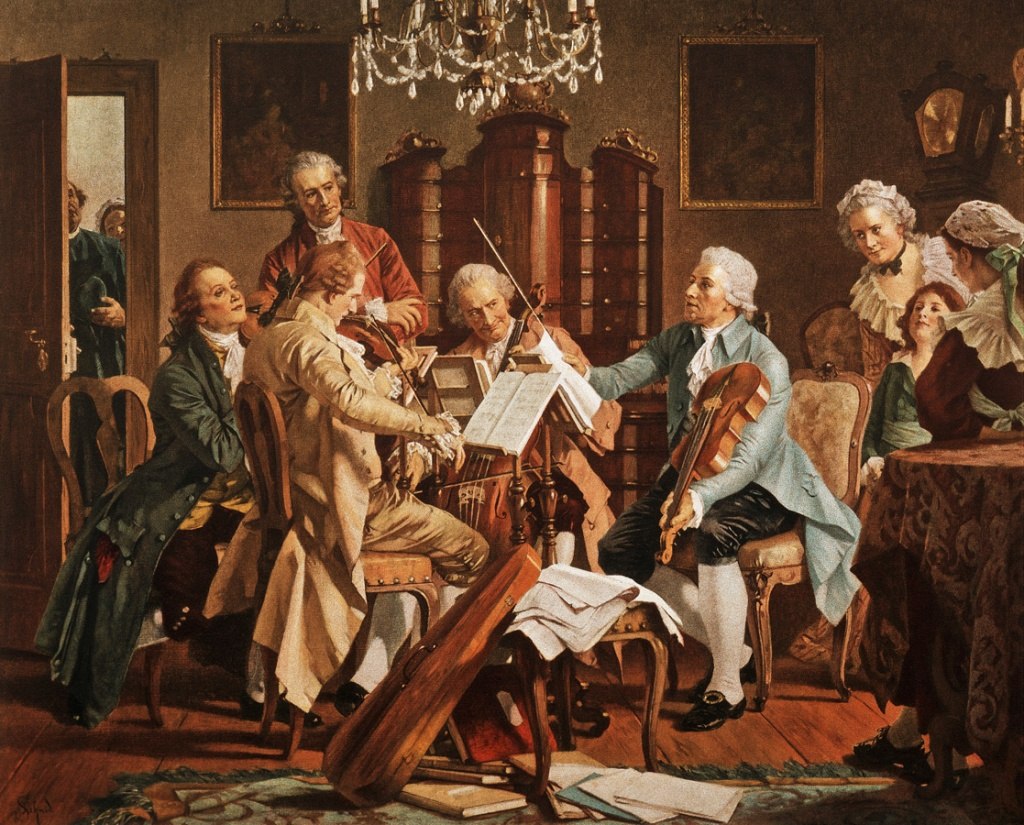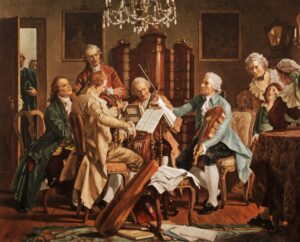
Affettuoso!

- This event has passed.
Affettuoso!
January 25, 2019 @ 7:30 pm - 9:30 pm


January 25 and 26, 2019 Affettuoso!
Haydn at Eszterháza: the Opus 20 Quartets
When an extra violinist appeared in a scheduling mix-up at Esterhazy Palace one day in the 1760s, court composer Franz Joseph Haydn did some quick rearranging and invented the string quartet, an art form whose intricacies he would explore for the rest of his life and which went on to dominate chamber music for the next 150 years, a genre once described by Goethe as “four rational people conversing.” Severall Friends explore Haydn’s astoundingly wide-ranging and emotional Opus 20 quartets, using the period instruments, gut strings, and lighter bows with which Haydn himself was well-acquainted. Although Eszterháza was described at the time as the “Hungarian Versailles”, it had been built on top of a swamp, and Haydn, who was already in a funk, suffered from the sodden air like everybody else at court on top of his depression. Haydn’s earliest string quartets are rather sprightly; these reflect the sturm und drang of the era, with movements explicitly marked “affettuoso”. Featuring Elizabeth Blumenstock and Kati Kyme, violin; Liana Berube, viola; and Robert Howard, cello.
Friday, January 25, 2019; 7.30 pm: Fuller Lodge, Los Alamos.
Saturday, January 26, 2019, 7.30 pm: San Miguel Chapel, Santa Fe.
Admission $20; students free with ID.

